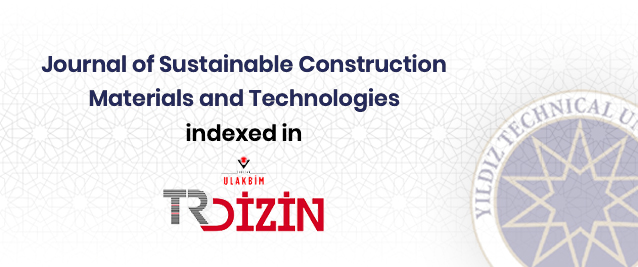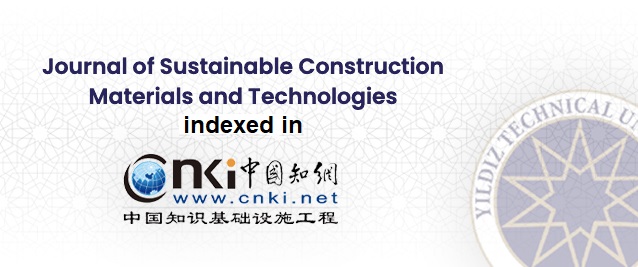Abstract
Spolia refers to repurposing components from older buildings into new constructions, a concept with a rich history. Traditionally, unique components were the primary focus; however, this approach remains relevant today for mass-produced components. By diverting materials from waste streams, spolia preserves their inherent properties and facilitates the rapid transfer of stylistic features in the modern world. When a 1970s movie theatre in Moscow, Russia, was demolished in 2019, a substantial amount of steel was recycled, while brick and concrete were sent to landfills. This study investigates potential spolia options as an alternative to demolition. The research involved documenting the building's urban and architectural context through a literature review and on-site visual documentation conducted during the demolition. This process also aimed to uncover the history related to the production and characteristics of the materials used in the building. The study focused on estimating the building's material stock and identifying the approximate quantity of reusable items to strengthen the rationale for potential spolia execution. The research emphasizes developing a design alternative that utilizes the identified materials within a public landscape. This approach includes adding data labels to inform the community about the source of the materials.
The significance of this study lies in providing a valuable record of this lost building. It also offers a
proposal that contributes to the community's memory through the materials of a demolished neighborhood structure while highlighting the importance of recovering materials from waste streams.
















